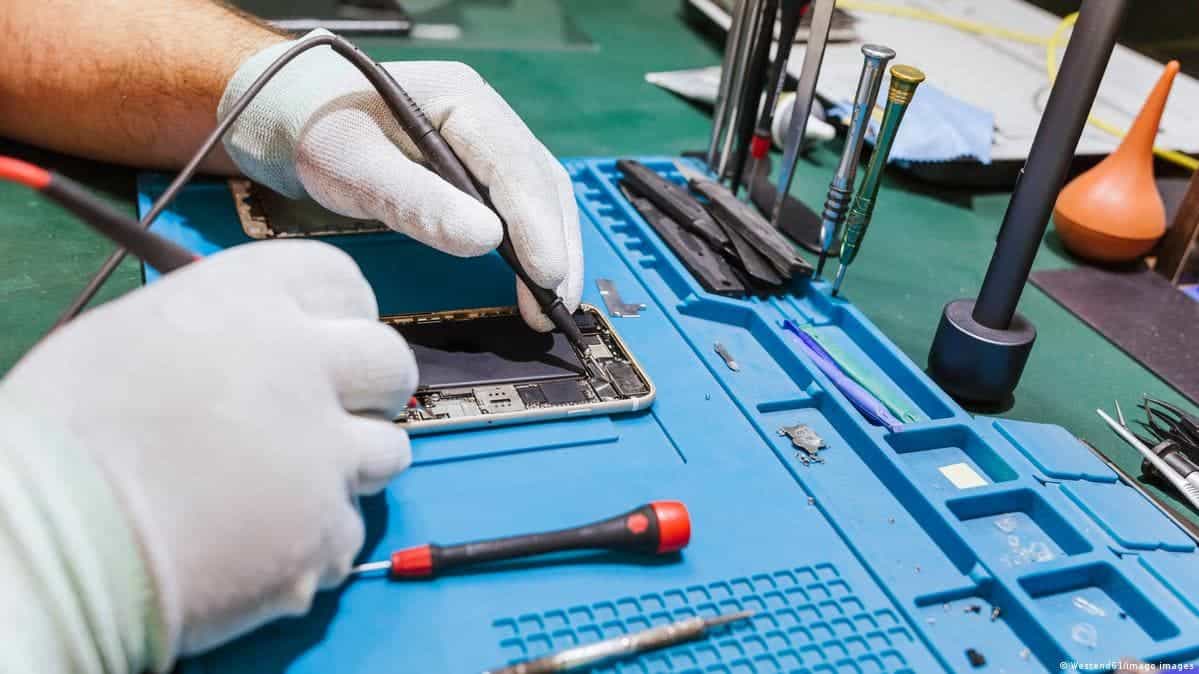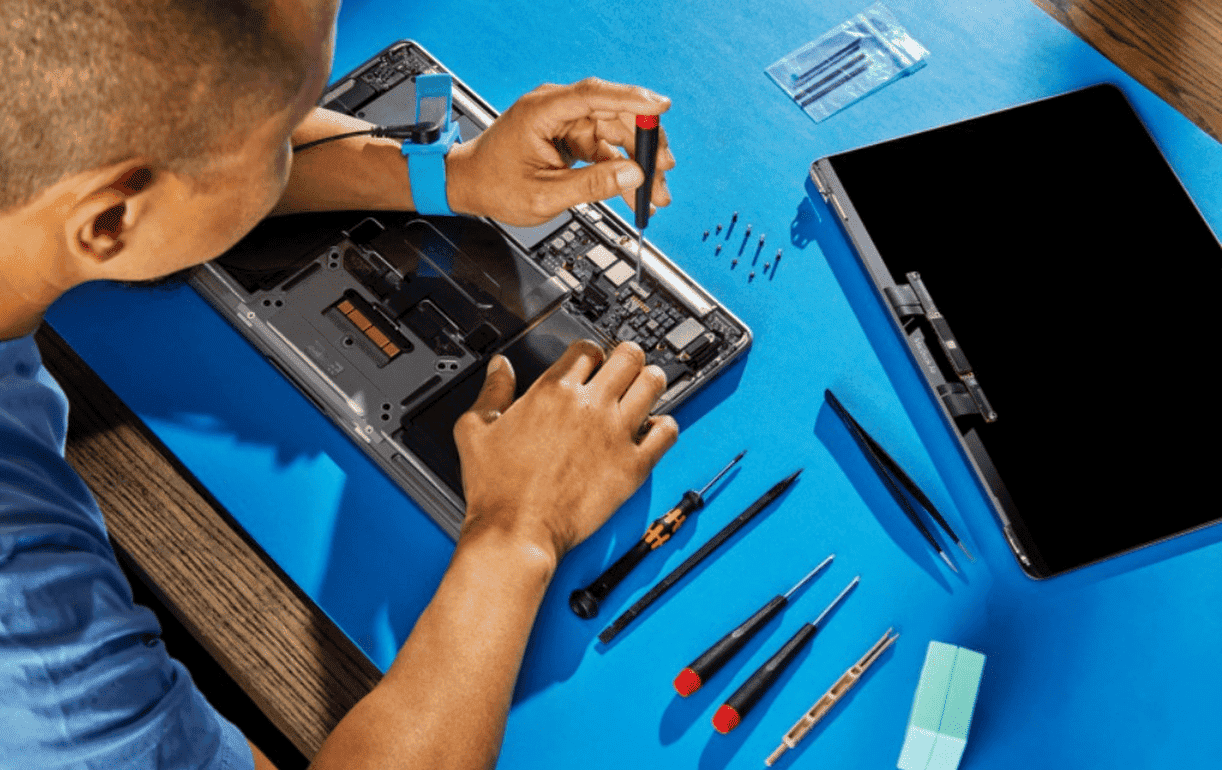Across the world, governments are taking a closer look at what happens when electronics break. For years, companies like Apple, Samsung, and John Deere have tightly controlled how their products are repaired. They’ve restricted access to spare parts, service manuals, diagnostic software, and even firmware tools. These limits have created a repair monopoly, forcing consumers to rely on authorised service providers or throw away still-useful devices. But public pressure has mounted, and lawmakers are now being forced to respond. Europe is leading the charge, while the US is just starting to catch up.

Europe pushes for consumer-friendly “right to repair” rules
In March 2023, the European Commission proposed a set of rules. These rules aim to ensure that fixing a gadget is as easy as it gets. The rules cover phones, tablets, TVs, and several household devices. If it pulls through, brands will be mandated to provide spare parts for up to ten years. They will also ensure that software updates do not cripple device performance or usability.
The idea is to extend product lifespans, reduce electronic waste, and offer consumers more control over their purchases. The rules are part of the EU’s broader “Circular Economy” goals, which seek to cut down emissions by keeping devices in use longer.
Europe’s effort builds on earlier actions. France introduced a mandatory repairability index in 2021, which gives products a score out of 10 based on how easy they are to fix. Retailers must display this score clearly at the point of sale.
In Germany, there is an offer that gives incentives to people who choose to repair their gadgets. This step makes it easier for people to choose to repair rather than buy a new one. Such policies will shift consumer behaviour because people are getting the support they need.
The US response is slower but underway
The United States has been slower to act, partly due to stronger industry lobbying. Tech giants have long claimed that allowing independent repair would jeopardise safety, security, and intellectual property. Still, momentum is building.

In 2021, President Biden signed an executive order that urged the FTC to tackle unfair repair restrictions. This order influenced many states to pass similar laws in their regions. For instance, New York passed the digital right to repair law in 2022. Similarly, California and Minnesota passed the same laws in 2023.
These laws require companies to supply tools, documentation, and parts, though they often apply only to consumer electronics and leave out categories like farm machinery or medical devices.
One major shift came from Apple, long a poster child for repair restrictions. In 2022, it launched the Self-Service Repair program in the US, allowing customers to access official parts and repair guides for some iPhone and Mac models. But the program has been criticised as expensive and difficult to use—more symbolic than transformative. Even so, it shows that legal and public pressure can push even the most resistant companies to open up, if only slightly.
The battle isn’t over
There is good progress; however, there are several obstacles. In the United States of America, the laws are mostly not clear-cut. They are open to various interpretations, limited in scope, and sometimes do not even address the issue. But in Europe, there are stricter laws, and the region is exploring stricter steps. They are enforcing minimum durability standards and banning software locks that block third-party repairs.
The right to repair is no longer a fringe issue; it is gathering momentum, especially in Europe. It remains to be seen whether the U.S. will follow through or remain stuck in a system where fixing your stuff is harder than it should be.



